Skink Link Project
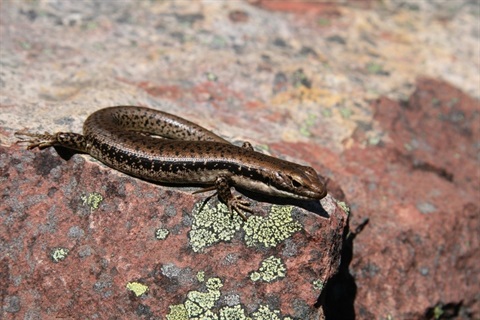
On this page you will find information about:
Photo: Ian Moodie
The Skink Link Project
Along Scotchmans Creek, near Warrigal Road, lives a population of the Southern Water Skink (Eulamprus tympanum). It has been struggling to survive the effects of urbanisation, vegetation removal, pollution, climate change and other factors. There are 15 species of water skinks (Eulamprus) native to eastern and central Australia. Many of them have very restricted ranges and are considered threatened.
That’s why the Skink Link Project is so important. The project was formed by Monash Council, local residents and educational organisations to protect our skinks by bringing back the original habitat along Scotchmans Creek. The Skink Link Project is an opportunity for the community to get involved in monitoring the skink population, planting around their habitat and other improvement activities. It’s a great way to meet other like-minded residents in our Monash community and help the environment.
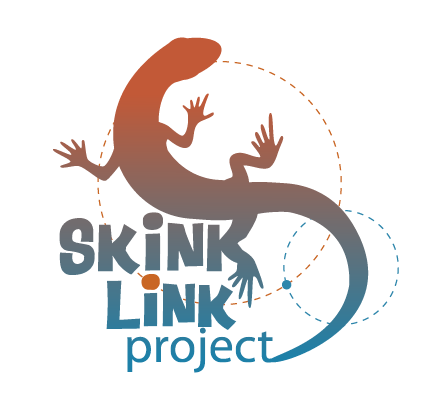
Map of the Skink Link area
Below is a map of the 'skink link' area along Scotchmans Creek. Does the map look like anything familiar to you?
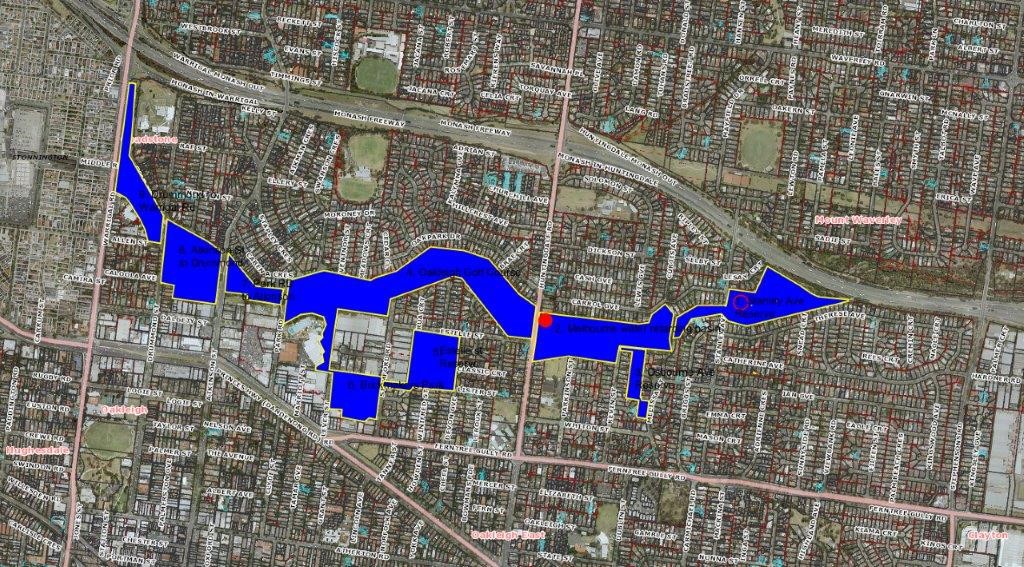
Our local skink
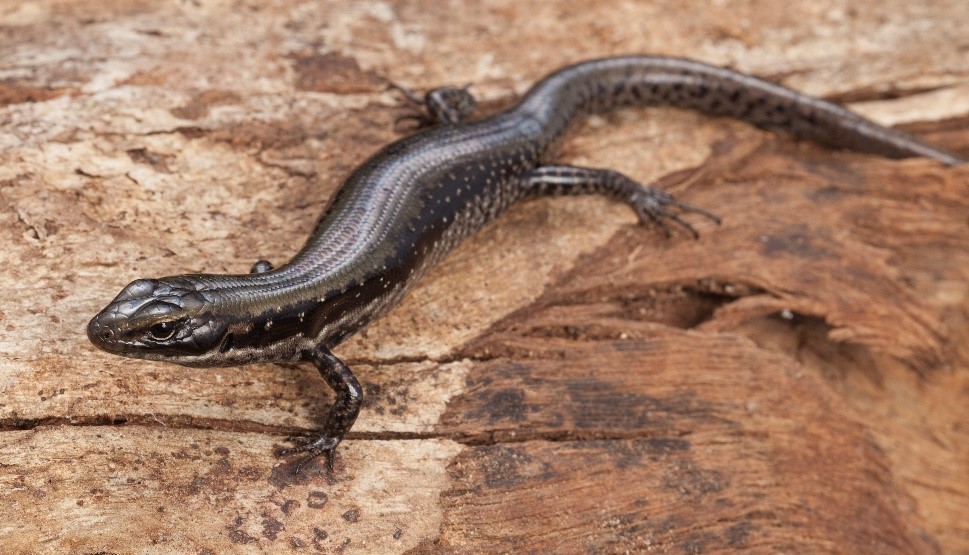
Photo: Museums Victoria
The Southern Water Skink grows to about 25cm long and is golden brown with black flecks on the back and tail, and black with golden flecks on its sides. They like to live along watercourses such as the nearby Scotchmans Creek where they hunt for food like insects, tadpoles, frogs, snails and slugs, ants, berries - and other smaller skinks!
They give birth to 2-5 live young, who leave the parent as soon as they are born. They are born in summer when skinks are most active (the sun warms their bodies up). In the cooler months, they stay quietly in the cracks and crevices of logs and rocks.
If they are disturbed they will quickly hide in cracks, or in the water so they can swim away. Southern Water Skinks lose their tails to escape predators such as birds, but do not grow a new one like some skinks. This skink is in the same family as the blue-tongue lizard.
We are also trying to encourage Rakali, Emperor moths, Eastern snake neck tortoise, Swift parrot and Superb fairy wren through Council’s ongoing bushland planting and maintenance program.
How to get involved
What you can do for skinks in the community:
What you can do for skinks at home:
- Build your own skink lounge (pictured below)! It doesn't matter how big it is and any rocks and logs will do.
- Plant indigenous plants. Join the Monash Gardens for Wildlife program and receive free seedlings to get you started!
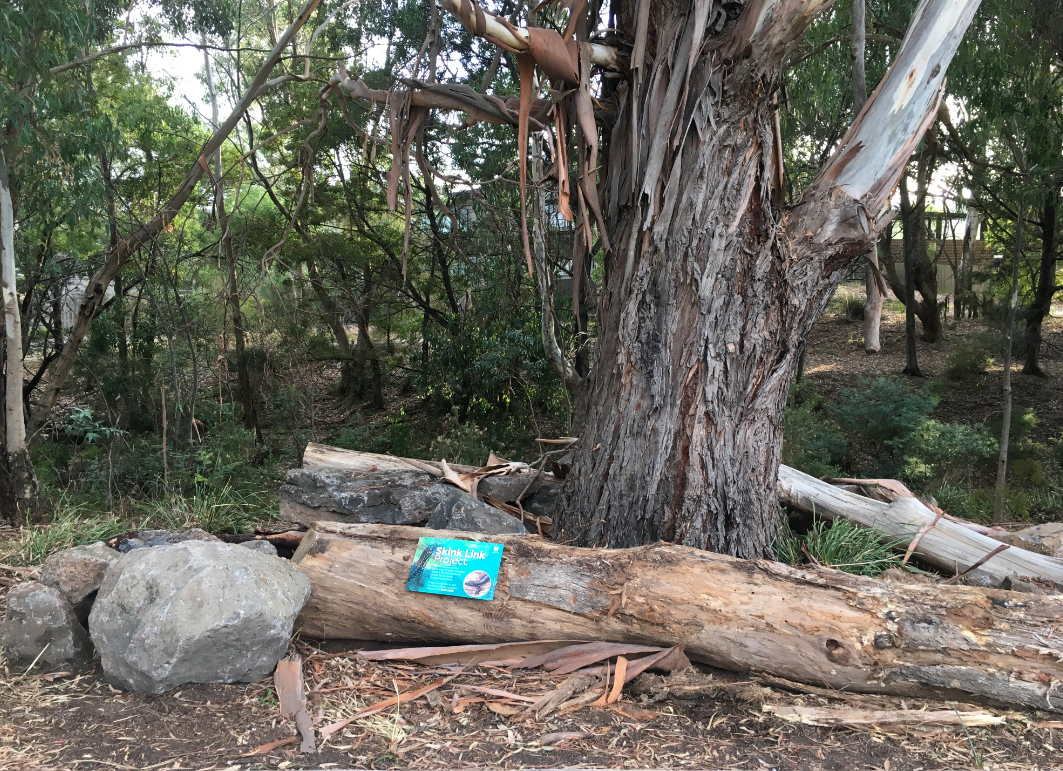
Events
Throughout the year, Council holds events, such as planting days or workshops, as part of the Skink Link Project and wider sustainability projects.
Videos
Below is a highlight reel of some of the events held as part of the Skink Link project.
Handy links
For more information on other wildlife projects, check out the below handy links: